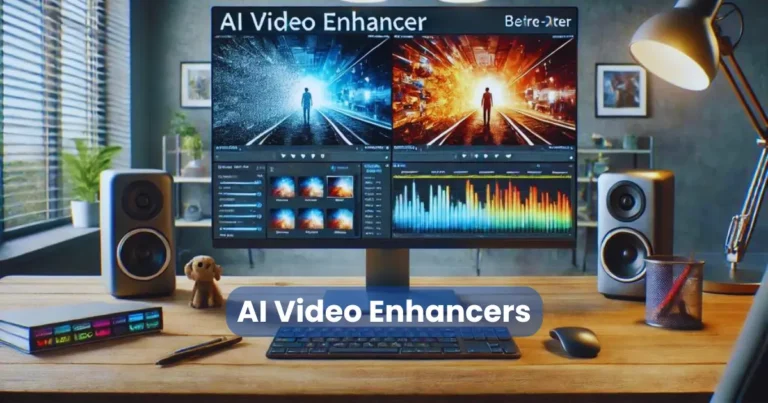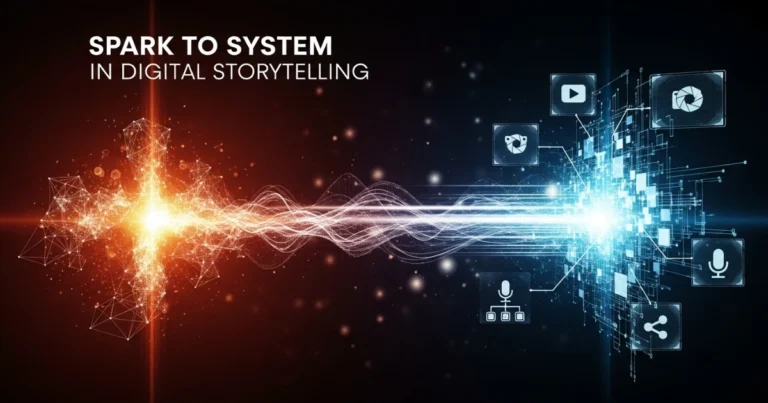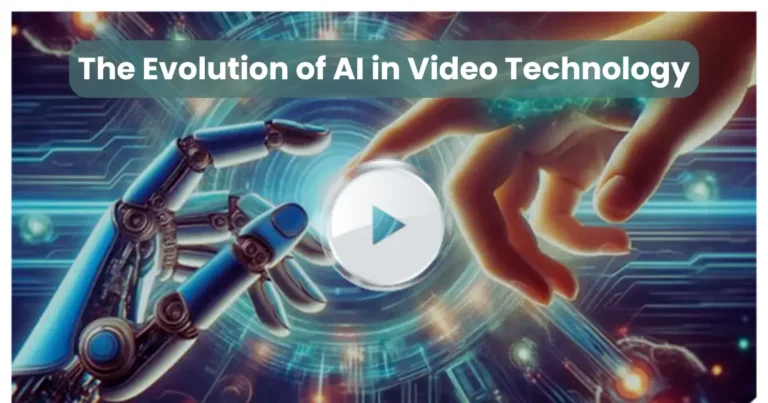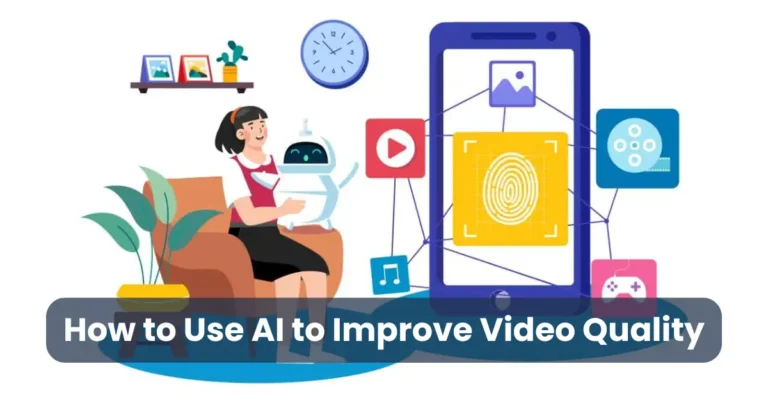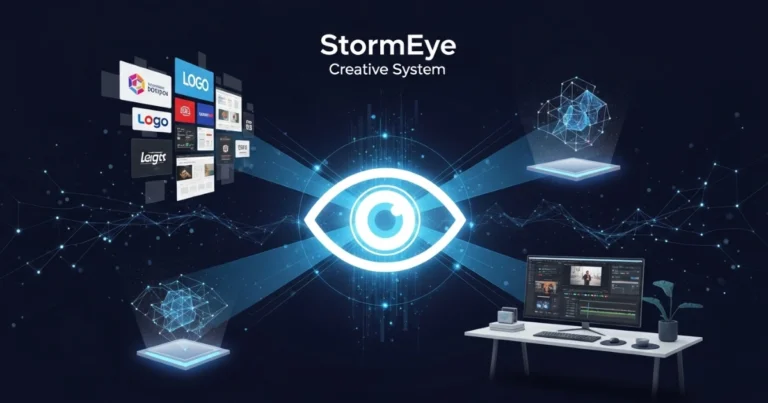AI-driven Ad Targeting

Contents
In today’s fast-paced digital marketing landscape, AI-driven ad targeting has revolutionized how brands connect with consumers. From improving accuracy to enhancing personalization, this technology ensures that advertisements reach the right audience at the right time. Not only does it streamline campaign efficiency, but it also helps marketers make smarter, data-informed decisions.
As digital platforms continue to evolve, traditional targeting methods are quickly being replaced. With artificial intelligence at the core, marketers can now leverage real-time data, behavior tracking, and predictive analytics. Consequently, ads are more relevant, less intrusive, and significantly more effective.
Moreover, AI-driven ad targeting enhances user experiences while maximizing advertiser returns. Whether it’s through social media, search engines, or e-commerce platforms, this technology ensures precision. Undoubtedly, businesses that embrace AI-powered strategies are staying ahead in an increasingly competitive advertising environment.
What is AI-driven Ad Targeting?
Simply put, AI-driven ad targeting is the process of using artificial intelligence to analyze user data and serve tailored advertisements. Rather than depending solely on broad demographics or static audience segments, this approach dynamically adjusts based on real-time behavior, interests, and intent.
Through advanced algorithms, AI systems evaluate data such as browsing history, purchase behavior, search queries, and even time spent on specific content. As a result, the system identifies patterns and predicts what kind of ads a user is most likely to respond to. Then, based on those insights, personalized ads are delivered across various digital channels.
Additionally, AI-driven ad targeting helps marketers automate and optimize campaigns with minimal human input. Instead of manually selecting target groups or guessing user preferences, decisions are made using machine learning, neural networks, and natural language processing.
Ultimately, this technique increases the chances of user engagement while reducing wasted ad spend. Since the ads are more relevant, users are more likely to click, convert, or interact in meaningful ways.
How Does AI-driven Ad Targeting Work?
To understand the mechanics of AI-driven ad targeting, it’s important to look at the underlying processes that power it. This technology relies on a combination of data collection, analysis, prediction, and automation to make real-time advertising decisions.

First, data is gathered from multiple sources—such as user search history, website visits, purchase records, device usage, and even social media behavior. Then, AI systems process this data to identify patterns and segment audiences based on interests, intent, and behavior.
Next, machine learning algorithms come into play. These algorithms learn from user interactions, continuously improving their ability to predict what kind of content or product will appeal to each individual. For instance, if a user frequently shops for fitness gear online, the system may prioritize ads for workout equipment, activewear, or wellness products.
After that, automated delivery systems decide when, where, and how the ad should appear. Timing is crucial; therefore, AI ensures that ads are shown when users are most likely to engage. Whether it’s a banner on a news site or a sponsored post in a social feed, the delivery is optimized for maximum effectiveness.
Moreover, AI doesn’t just stop after the ad is served. It tracks performance metrics like click-through rates, conversion rates, and engagement time to refine future targeting. This continuous feedback loop allows advertisers to achieve higher ROI with less manual effort.
In short, AI-driven ad targeting transforms static campaigns into intelligent, adaptable strategies that evolve with user behavior—making marketing smarter, faster, and more relevant than ever before.
Benefits of AI-driven Ad Targeting
Without a doubt, the advantages of AI-driven ad targeting extend far beyond simple audience segmentation. This technology transforms how advertisers engage with consumers, creating campaigns that are smarter, more cost-effective, and highly personalized.

1. Higher Accuracy and Personalization
To begin with, AI analyzes massive volumes of user data to pinpoint preferences and predict behavior. As a result, ads become far more relevant to each individual. Personalized content, tailored offers, and timely delivery significantly boost user engagement.
2. Improved Return on Investment (ROI)
Additionally, ad spend is optimized because resources are directed toward users who are most likely to convert. This reduces wasted impressions and increases conversion rates—leading to higher returns with fewer marketing dollars.
3. Real-Time Campaign Optimization
Furthermore, AI-driven ad targeting continuously monitors ad performance and adjusts strategies on the fly. If a particular creative or placement isn’t working, the AI system will shift resources automatically to more effective channels.
4. Enhanced Customer Insights
By analyzing behavioral trends, AI provides deep insights into customer motivations and needs. Consequently, marketers can better understand their audience and create long-term strategies that resonate.
5. Scalability and Efficiency
Manual targeting can be both time-consuming and error-prone. However, AI enables marketers to scale campaigns across thousands of users and multiple platforms with minimal effort—saving both time and labor.
6. Reduced Human Bias
Since AI relies on data and algorithms rather than assumptions or gut feelings, the targeting becomes more objective. This reduces the risk of bias and ensures that every decision is based on real user behavior.
In conclusion, AI-driven ad targeting empowers businesses to deliver meaningful, customized experiences that increase engagement and drive growth—while minimizing wasted effort and ad spend.
Real-world Applications of AI-driven Ad Targeting
In practice, AI-driven ad targeting is already reshaping marketing strategies across numerous industries. From e-commerce giants to streaming platforms, real-time personalization is being used to engage audiences more effectively than ever before.

1. E-commerce Personalization
To start, online retailers such as Amazon and Shopify use AI to display product recommendations based on a user’s past behavior. For example, if someone recently viewed fitness shoes, they may later see ads for sports apparel or wearable tech across other websites.
2. Social Media Advertising
Moreover, platforms like Facebook, Instagram, and TikTok rely heavily on AI-driven ad targeting to serve relevant ads. These platforms analyze user activity, likes, follows, and even scrolling speed to determine which ads should be shown—and to whom.
3. Search Engine Marketing
In addition, Google Ads utilizes AI to automate bidding, refine keyword targeting, and predict user intent. As a result, advertisers can reach potential customers at the exact moment they’re searching for a product or service.
4. Streaming Services
Netflix and YouTube, for instance, don’t just recommend videos—they use viewing history and engagement patterns to tailor ads. Therefore, users watching cooking shows might be targeted with ads for kitchen gadgets or meal kit subscriptions.
5. Travel and Hospitality
Airlines and travel companies employ AI to suggest trips and services based on previous bookings or site visits. If a user browses hotels in Italy, AI might serve them flight deals or tour packages shortly after.
6. Finance and Banking
Even financial institutions use AI-driven ad targeting to promote personalized offers—such as loan options or credit cards—based on income brackets, spending habits, and online activity.
Clearly, these real-world examples demonstrate how AI isn’t just theoretical; it’s actively enhancing marketing precision and consumer satisfaction across sectors.
Key Technologies Behind AI-driven Ad Targeting
At the heart of AI-driven ad targeting lies a combination of cutting-edge technologies that work seamlessly to transform raw data into actionable insights. Each plays a crucial role in enhancing the precision, speed, and scale of modern advertising strategies.

1. Machine Learning (ML)
First and foremost, machine learning algorithms form the backbone of AI ad targeting. They analyze user behavior over time, learn from interactions, and continuously adapt targeting strategies. The more data fed into these systems, the smarter and more accurate the targeting becomes.
2. Natural Language Processing (NLP)
In addition, NLP allows AI to interpret and understand user-generated content—such as reviews, search queries, and social media posts. This enables the system to gauge sentiment, interests, and intent, which leads to more meaningful ad placement.
3. Big Data Analytics
Given the massive volume of user data collected daily, big data technologies help process and filter relevant information efficiently. As a result, marketers gain deeper insights into customer behavior without getting overwhelmed by data overload.
4. Predictive Analytics
Moreover, predictive analytics plays a key role by forecasting future actions based on historical data. It anticipates user behavior, such as likelihood to purchase or churn, and enables proactive targeting strategies.
5. Programmatic Advertising Platforms
These platforms automate the buying and placement of digital ads in real time. Through AI, they determine the best ad placement, optimal timing, and suitable bid price—all within milliseconds—ensuring that each ad is both timely and relevant.
6. Customer Data Platforms (CDPs)
Finally, CDPs integrate data from multiple channels (web, mobile, CRM, etc.) to create unified customer profiles. When paired with AI, these profiles allow for highly specific audience segmentation and hyper-personalized targeting.
Together, these technologies create the foundation of AI-driven ad targeting, allowing marketers to deliver smarter campaigns that resonate with users and perform better across digital landscapes.
Challenges and Concerns
Although AI-driven ad targeting offers impressive benefits, it’s not without its share of challenges. As adoption grows, marketers and businesses must also consider the ethical, technical, and legal implications that come with AI-powered personalization.
1. Data Privacy and Security
First and foremost, privacy concerns are at the top of the list. Since AI-driven ad targeting depends on collecting and processing vast amounts of personal data, questions arise about how that data is stored, used, and protected. With stricter regulations like GDPR and CCPA, advertisers must remain compliant while still delivering effective campaigns.
2. Algorithmic Bias
In addition, AI systems can sometimes reinforce existing biases. If the data used to train algorithms contains stereotypes or imbalances, the resulting ad targeting may unintentionally exclude or discriminate against certain groups. Therefore, regular audits and ethical oversight are crucial.
3. Over-personalization
Moreover, while personalization can improve engagement, excessive targeting may feel invasive to users. When ads appear too specific or follow users across platforms, it can lead to discomfort or “creepy” experiences, ultimately reducing trust in the brand.
4. Transparency Issues
Another challenge is the lack of transparency. Because many AI algorithms operate as black boxes, it can be difficult for marketers—or consumers—to understand how decisions are being made. This lack of clarity may result in skepticism or reluctance from users.
5. Dependence on Quality Data
For AI systems to function effectively, high-quality data must be available. Poor, outdated, or inaccurate data can lead to irrelevant ad placements, reduced performance, and wasted ad spend. Consequently, maintaining clean and updated datasets becomes a priority.
6. Cost and Complexity
Finally, implementing AI-driven ad targeting solutions may involve high initial costs and technical complexity. Smaller businesses might struggle with limited resources or lack of expertise, making it harder to compete with larger, AI-savvy companies.
Despite these challenges, the potential of AI-driven ad targeting remains immense. Addressing these concerns responsibly will ensure that the technology continues to evolve in a way that benefits both marketers and consumers alike.
Future Trends in AI-driven Ad Targeting
Looking ahead, the landscape of AI-driven ad targeting is expected to evolve rapidly. As technology continues to advance, so will the ways in which advertisers connect with their audiences—becoming more precise, intuitive, and respectful of user privacy.

1. Greater Emphasis on First-party Data
As third-party cookies are gradually phased out, marketers will shift toward first-party data collection. Consequently, businesses will rely more on data gathered directly from customers, such as email subscriptions, app usage, and loyalty programs. This shift will make AI-driven ad targeting more ethical and sustainable.
2. Increased Use of Generative AI
In addition, generative AI tools like ChatGPT and image-generation models will play a larger role in ad creation. Not only will ads be targeted using AI, but they will also be crafted by AI—ensuring that content is both relevant and tailored to the user’s context in real time.
3. Contextual and Sentiment-based Targeting
Rather than focusing solely on user profiles, future AI systems will consider the content users engage with and their emotional responses. For instance, AI may analyze tone, context, and user sentiment to decide the best moment to serve an ad. This adds a new emotional intelligence layer to AI-driven ad targeting.
4. Voice and Visual Search Integration
As voice and visual search become more common, AI will adapt targeting strategies to accommodate these formats. Brands will need to optimize ads for smart speakers and image-recognition apps, providing more accessible and immersive ad experiences.
5. AI Ethics and Transparency Standards
Moreover, ethical AI practices will become essential. Governments and organizations are likely to introduce clearer guidelines on transparency, bias mitigation, and consumer consent. Marketers who adopt these standards early will gain a competitive edge and foster consumer trust.
6. Real-time Cross-device Targeting
Finally, AI-driven ad targeting will seamlessly follow users across devices—smartphones, tablets, smart TVs, and even wearables. This omnichannel approach ensures consistent, relevant engagement no matter where or how the consumer connects.
In conclusion, the future of AI-driven ad targeting lies in smarter systems, stronger ethical boundaries, and deeper personalization. Businesses that embrace these innovations will remain ahead in a digital world increasingly shaped by AI.
Conclusion
In today’s fast-paced digital environment, AI-driven ad targeting has emerged as a transformative force in the marketing world. By leveraging advanced technologies like machine learning, natural language processing, and big data analytics, advertisers can deliver highly personalized and effective campaigns with precision.
Throughout this article, we explored how AI identifies the right audiences, improves conversion rates, and automates the ad delivery process across multiple platforms. We also considered real-world applications, underlying technologies, challenges, and promising future trends. Without a doubt, the benefits of AI-driven ad targeting far outweigh the obstacles—especially when implemented ethically and strategically.
As privacy regulations evolve and consumer expectations grow, marketers must adapt. Therefore, those who embrace responsible AI use, prioritize transparency, and invest in innovative solutions will gain a lasting advantage.
Ultimately, AI-driven ad targeting is not just a trend—it’s the new standard. Now is the time for businesses to harness its full potential and redefine how they engage with the audiences of tomorrow.

